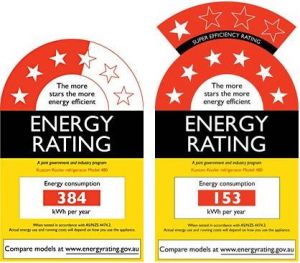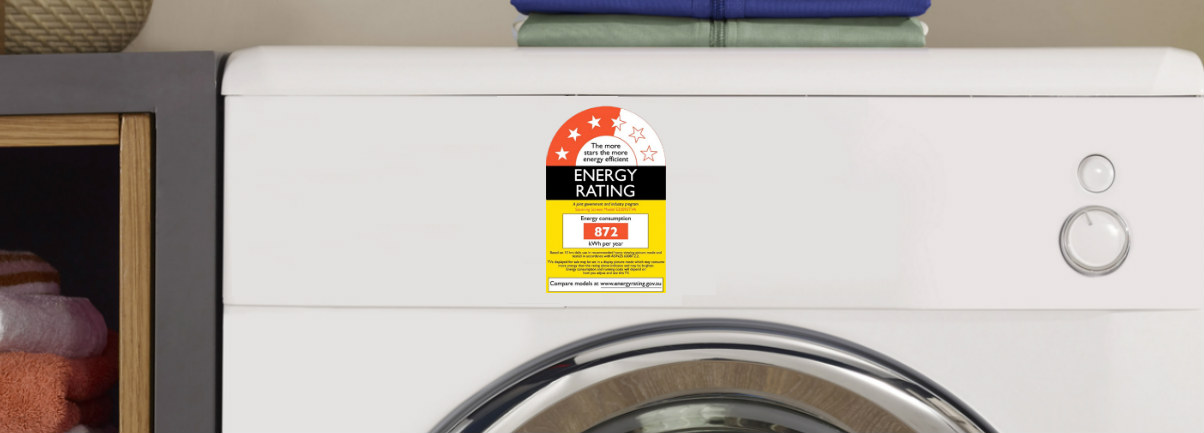We’ve all heard something vague about how buying the most energy efficient appliances will help to protect the environment and our pockets. But what do energy star ratings mean? And is an appliance with a higher energy star rating really going to save you money in the long-run? Find out all you need to know about energy star ratings with this Canstar Blue guide.
On this page:
- What are the energy star ratings?
- How are energy star ratings calculated?
- Can energy efficient appliances save you money?
- Should I pay attention to energy star rating labels?
Advertisement
What are the energy star ratings?

Energy star ratings are a Federal Government initiative designed to help consumers ascertain an appliance’s energy efficiency by displaying an energy rating on a six or 10-star scale, as well as the appliance’s annual energy consumption. First introduced in 1986, the energy star ratings are now mandatory for a number of household appliances, including dishwashers, washing machines, fridges and TVs.
How are energy star ratings calculated?
The energy star ratings are determined by the size of the product and its energy consumption levels, with products compared to similarly-sized alternatives. This information is then run through algorithms and standards set down by the Australian Greenhouse and Energy Minimum Standard Regulator (GEMS), which was established in 2012 to create nationwide standards.
Other pages you may be interested in:
Is a six-star energy rating the best?
When the energy star rating labels were first introduced, the highest efficiency rating an appliance could get was six stars. In recent years though, the ratings have been expanded, with ‘super-efficient’ appliances now scoring between seven and 10 stars. These super-efficient appliances have a slightly different label, and are worth keeping an eye out for if you’re after the most efficient appliances for your house.
Can energy efficient appliances save you money?
An appliance with a high energy star rating indicates that it does its job efficiently, meaning that it can generally run at a cheaper price than an appliance with a lower efficiency rating. But whether that means that it will save you money isn’t as clear cut, as more than just the running cost goes into the bottom line.
Efficient appliances may save you money over the long run through cheaper electricity bills, but generally come with a higher initial cost, meaning it’s generally a trade-off as to whether you want to save money upfront by purchasing a less-efficient appliance, or save money in the long-run with a more efficient product.
Curious about how much it might actually be costing you to run a lower energy efficiency rated fridge? Compare annual electricity costs in Canstar Blue’s fridge running cost analysis.
Should I pay attention to energy star rating labels?
If you’re in the market for a new appliance, there’s always plenty to consider, from the range of features, physical size and even the colour scheme. But while some of us may focus on the price tag, it’s important to factor in the running costs to see if you’re getting the best deal possible, as while a cheaper appliance may initially seem like the better option, it could be costing you down the line.
As a result, looking at the information listed on the energy star rating label (provided the appliance is required to have one) can help you make a more informed decision as to the total cost of the appliance, and what you can expect from your energy bills as time goes on.




Share this article